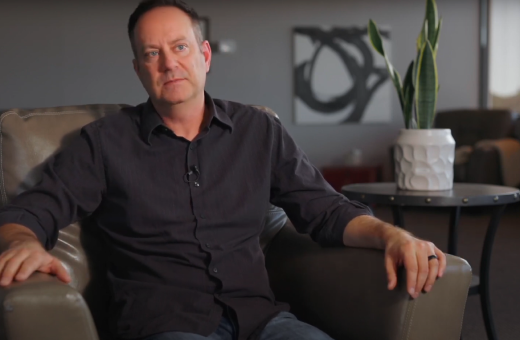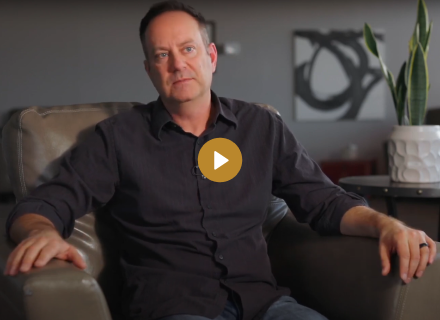By Floyd Godfrey, PhD
Why Shame Silences So Many Men
One of the most pervasive barriers preventing men—and particularly young men—from seeking support for pornography addiction is shame. Shame isolates, convinces individuals that they are uniquely flawed, and reinforces the belief that seeking help would only expose their weakness. Unfortunately, this internal stigma often delays recovery and deepens the cycle of addiction.
As Patrick Carnes and others in the field have noted, pornography addiction is often intertwined with unresolved trauma, attachment wounds, and identity confusion. These factors intensify feelings of shame, particularly in men raised with rigid ideas about masculinity and self-reliance. When vulnerability is perceived as weakness, asking for help becomes nearly impossible.
Trick #1: Support for Strength
To counteract shame, men must begin by admitting their need for support. True strength is not the ability to hide pain—it’s the courage to confront it. Mental health professionals and coaches can reinforce that seeking help is a proactive, powerful step toward healing. Sharing stories from other men who have successfully recovered can also normalize vulnerability and model healthy emotional expression.
Encouraging clients to reflect on influential figures who displayed emotional courage—such as athletes, leaders, or mentors—can help shift their internal narrative. Over time, this reframing weakens the grip of shame and makes the idea of seeking support more acceptable.
Trick #2: Start Anonymously
Another effective strategy is to introduce low-barrier, anonymous avenues of support. Many men feel overwhelmed by the idea of face-to-face conversations about their struggles. Online forums, podcasts, anonymous support groups, or initial consultations via telehealth allow them to take the first step without exposing their identity.
Programs inspired by the work of Drew Boa and others often integrate digital tools as entry points for recovery. These tools offer a non-threatening environment where men can begin to explore their addiction, hear others’ stories, and access resources—all while maintaining their privacy.
Trick #3: Use Accountability Tools as a Bridge
Finally, introducing practical accountability tools—like pornography-blocking software or digital check-ins—can serve as a bridge toward deeper therapeutic work. These tools give men immediate control over their behavior and provide a sense of agency. As confidence grows, they are more likely to reach out for professional or peer support.
Accountability apps and coaching programs, when framed as “performance tools” rather than therapy, often appeal to men who might otherwise resist traditional mental health services. These strategies build momentum and help reduce the shame associated with relapse or emotional setbacks.
The Path Forward
Shame may be a powerful obstacle, but it is not insurmountable. By reframing support as strength, creating anonymous entry points, and leveraging accountability tools, men can begin the journey to healing with greater confidence and clarity. For professionals working in this space, the goal is to create environments that normalize help-seeking and reinforce the dignity of recovery.
Floyd Godfrey, PhD is a Clinical Sexologist and a Certified Sex Addiction Specialist. He has been guiding clients since 2000 and currently speaks and provides consulting and mental health coaching across the globe. To learn more about Floyd Godfrey, PhD please visit his website: www.FloydGodfrey.com.



